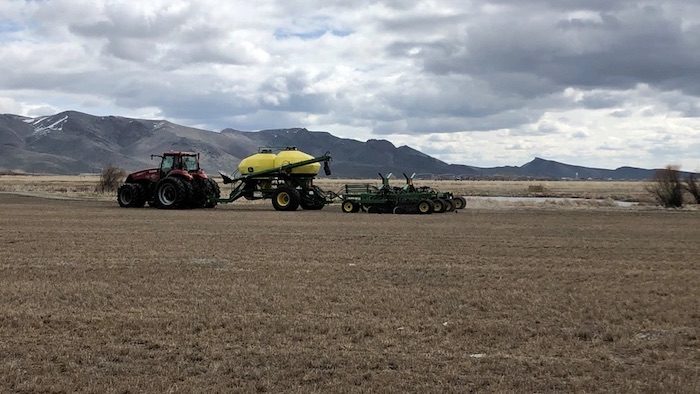No-Till Farmer
Get full access NOW to the most comprehensive, powerful and easy-to-use online resource for no-tillage practices. Just one good idea will pay for your subscription hundreds of times over.

No-till farming methods on Pat Purdy's ranch in Idaho resulted in nearly double the yield of conventional methods.
| Pat Purdy